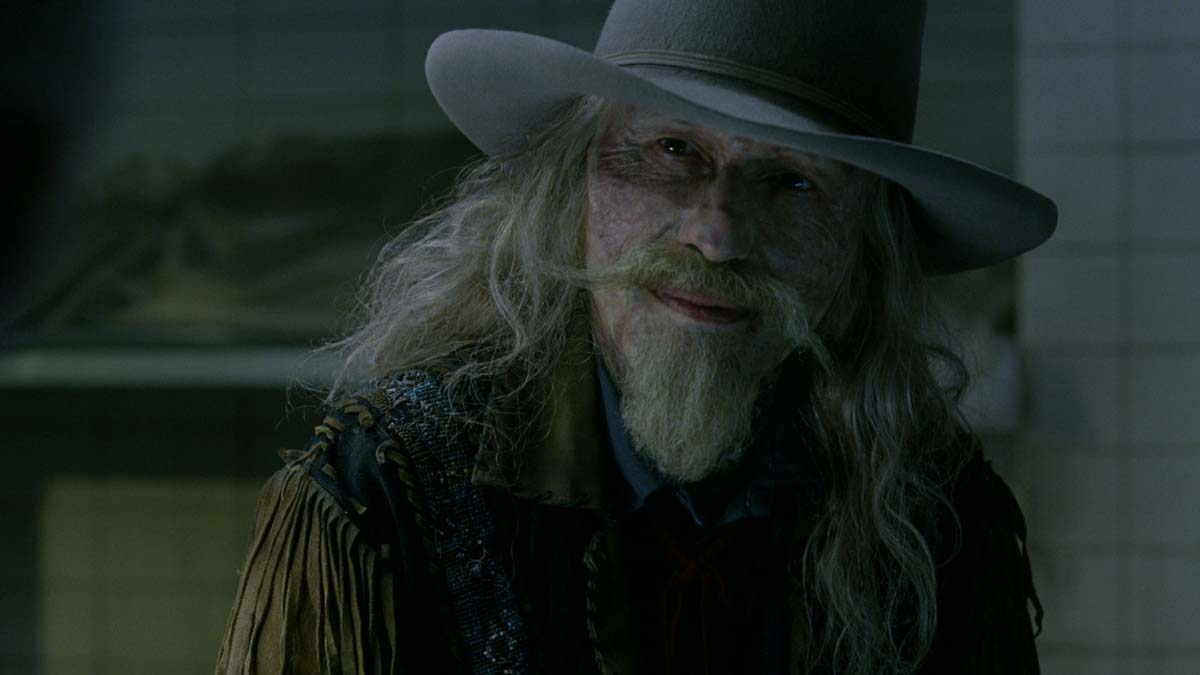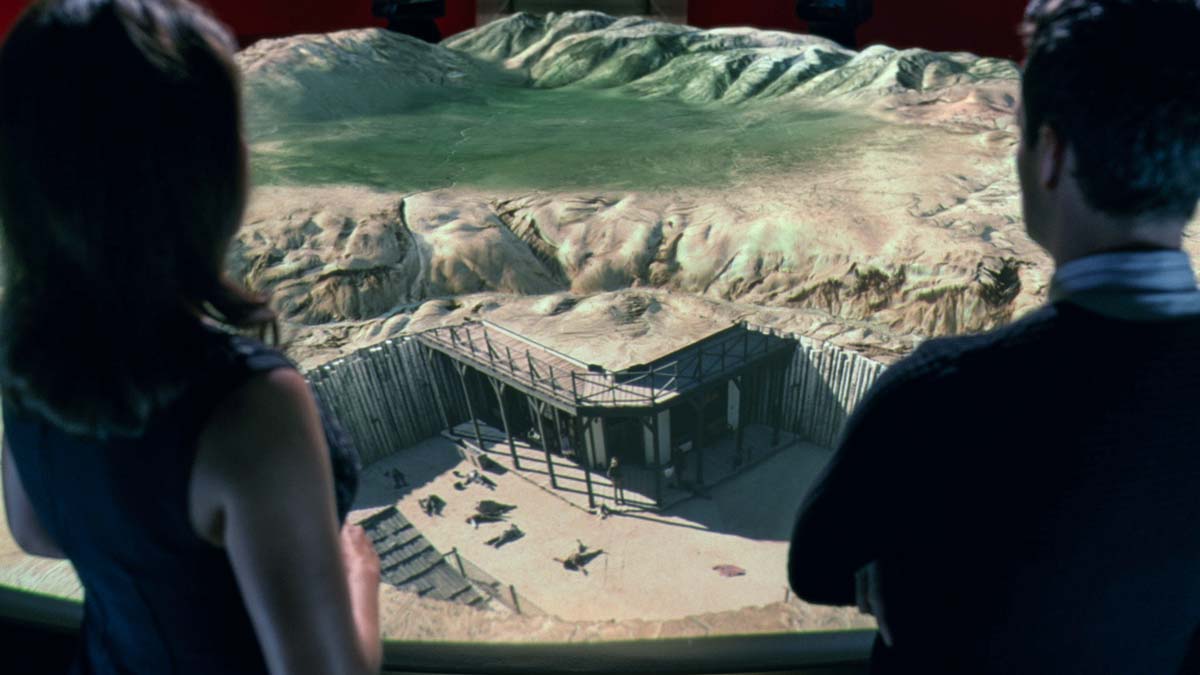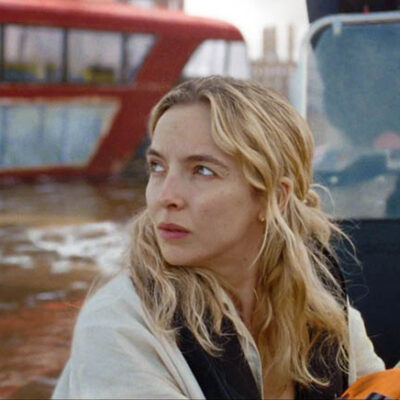By IAN FAILES


Oliver Bell plays the Little Boy, actually a host with an older-style exoskeleton similar to that of Delores’ that is revealed in these shots. (Photo credit: HBO)
Michael Crichton’s 1973 future dystopia Westworld, in which the androids of a Western-themed amusement park begin malfunctioning and turn on the park’s human visitors, was a keystone moment in visual effects. Its use of digital-image processing to represent an android POV was the first of its kind in a feature film.
That was a legacy Visual Effects Supervisor Jay Worth had somewhat on his mind when he approached the effects assignment on HBO’s television series, Westworld, created by Jonathan Nolan and Lisa Joy and based on Crichton’s film.
“We weren’t necessarily thinking about the 1973 movie all the time,” says Worth. “It was more about the feel of that film, and with the effects what we would do is say, ‘How might they have done this kind of effect 30 years ago?’ Most of the shots that we did I always felt like we could have done practically if we had to.”
Those shots ranged the full gamut of effects techniques, from crafting a young version of Sir Anthony Hopkins, to building, de-generating and destroying various hosts, and to delivering a world of visuals inside the amusement park featured in the show.
MEET YOUNG SIR ANTHONY HOPKINS
Westworld’s season one plot weaves in and out of the past and present, often initially without audiences realizing. However, at one point the show makes a very clear flashback to park founder and creative director Robert Ford (Sir Anthony Hopkins) as a younger man.
Several ways in which to depict Hopkins 30 to 40 years ago were considered. One included cutting out existing footage of the actor from his previous films such as Dark Victory (1976) and 84 Charing Cross Road (1987).
“We actually shot the scenes with specific angles matching those films somewhat in mind,” says Worth, “but we had issues with clearances; we had issues about whether we could get the negative.
We even did a test of taking the head of one of those shots and putting it onto our stand-in.”
Ultimately, the scenes would be achieved with a CG Ford face. This began with shooting a stand-in who performed both with and without facial tracking dots. Hopkins was also cyberscanned by SCANable in order to provide a baseline facial structure. VFX studio Important Looking Pirates then took on the task of generating Ford in CG.
The process of modeling a convincing digital representation of the ‘youngified’ actor quickly hit an unexpected road block, as Worth explains. “We tried matching Sir Anthony exactly to what he looked like back then, but the thing is, Anthony from the early 80s actually looks quite different to what most American audiences remember him as from, say, The Silence of the Lambs. We realized that our role really was to make him instantly recognizable, so our de-aged model actually had to be what people would think he looks like, not what he actually did.”
“We tried matching Sir Anthony exactly to what he looked like back then, but the thing is, Anthony from the early 80s actually looks quite different to what most American audiences remember him as from, say, The Silence of the Lambs. We realized that our role really was to make him instantly recognizable, so our de-aged model actually had to be what people would think he looks like, not what he actually did.”
—VFX Supervisor Jay Worth

















